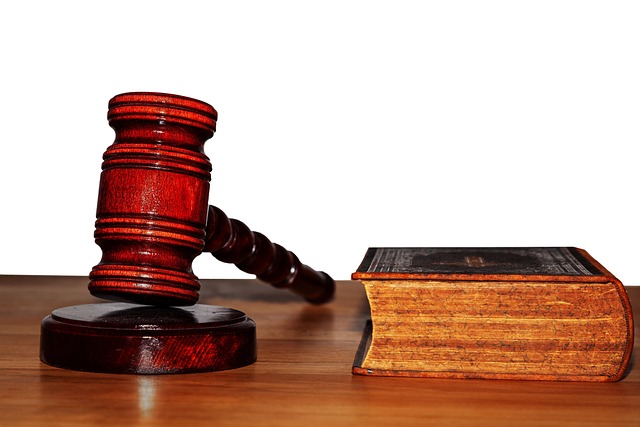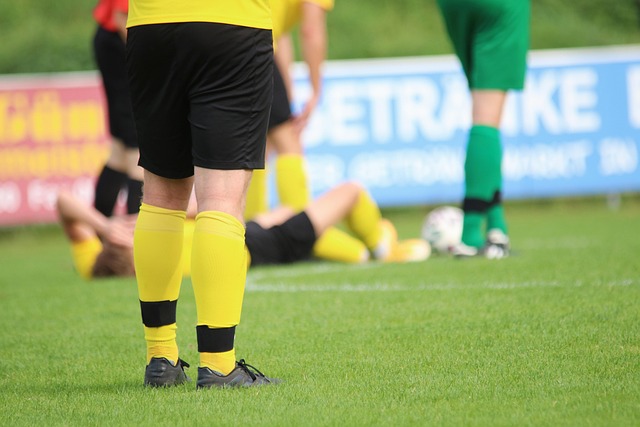When a personal injury damage claim is denied, review the denial letter for specific reasons, such as fault determination, lack of evidence, or policy exclusions. To appeal successfully, gather solid evidence including medical records, photographs, and witness statements. Craft your appeal by clearly outlining events, addressing denial reasons with additional documentation, and highlighting breaches of fiduciary duty or potential medical malpractice. This comprehensive approach increases the likelihood of securing entitled personal injury damages.
Facing a denied personal injury damage claim can be disheartening, but understanding how to appeal effectively is crucial. This comprehensive guide navigates the process step-by-step, empowering you to reclaim what’s rightfully yours. From deciphering the denial reason and gathering solid evidence to crafting a compelling appeal argument, each section equips you with the knowledge needed to assert your rights and secure personal injury damages.
- Understanding the Denial Reason: Unpacking the Rationale Behind Rejection of Your Claim
- Gathering Solid Evidence: Amassing Documentary Proof to Strengthen Your Case
- Crafting a Compelling Appeal: Presenting Your Argument Effectively to Secure Damage Compensation
Understanding the Denial Reason: Unpacking the Rationale Behind Rejection of Your Claim

When your personal injury damage claim is denied, it’s crucial to understand why. Insurance companies have specific criteria for approving claims, and a denial often means one or more aspects of your case didn’t meet these standards. Carefully review the denial letter for clues about the rationale behind the rejection. They typically outline the reasons for the decision, which can include factors like fault determination, lack of evidence, or policy exclusions.
For instance, if you’ve claimed injuries from a car accident but failed to provide medical records, the insurer might deny your claim due to insufficient proof of damages. Alternatively, if you’re alleging nursing home abuse and cannot prove neglect or harm, this could be a reason for rejection. Even in cases of apparent merit, like wrongful death claims, insurance companies may dispute liability or the extent of damages, requiring you to gather more compelling evidence to appeal effectively.
Gathering Solid Evidence: Amassing Documentary Proof to Strengthen Your Case

When appealing a denied personal injury damage claim, gathering solid evidence is paramount. This involves amassing documentary proof to strengthen your case. Start by collecting all relevant medical records detailing your injuries, including diagnoses, treatment plans, and progress reports. These documents not only validate the severity of your injuries but also demonstrate the need for compensation for pain and suffering. Additionally, gather any photographs that illustrate the extent of your injuries or the conditions that led to them, such as crash scenes or defective product images.
Next, compile statements from witnesses who can attest to the circumstances surrounding your injury. These testimonies can provide crucial context and validate your version of events. In cases involving contract disputes or real estate litigation—where personal injury damages might arise—it’s essential to gather contracts, agreements, and any correspondence related to the incident. This documentation helps in demonstrating liability and the direct impact of the incident on your life, ensuring a stronger appeal.
Crafting a Compelling Appeal: Presenting Your Argument Effectively to Secure Damage Compensation

When crafting your appeal for a denied personal injury damage claim, it’s crucial to present your argument clearly and compellingly. Start by detailing the circumstances leading to your injury, ensuring all relevant facts are accurately represented. Highlight any evidence that supports your case, such as medical records, witness statements, and expert opinions. Organize these elements in a logical sequence to tell a narrative that leaves no doubt about the merit of your claim.
Moreover, focus on addressing the specific reasons for the initial denial. If the claim was rejected due to alleged inadequacy or lack of evidence, present additional documentation to refute these claims. Emphasize the fiduciary duty breaches or instances of caregiver abuse (if applicable) that led to your injury, along with any evidence of medical malpractice. By providing comprehensive and persuasive information, you increase your chances of securing the personal injury damages you rightfully deserve.
After thoroughly understanding the denial reason and gathering solid evidence, it’s time to craft a compelling appeal. This final step is crucial in securing your rightful personal injury damages. By presenting your argument effectively, you can navigate the process successfully and potentially reverse the denied claim. Remember, persistence and a well-organized approach are key to achieving justice.






